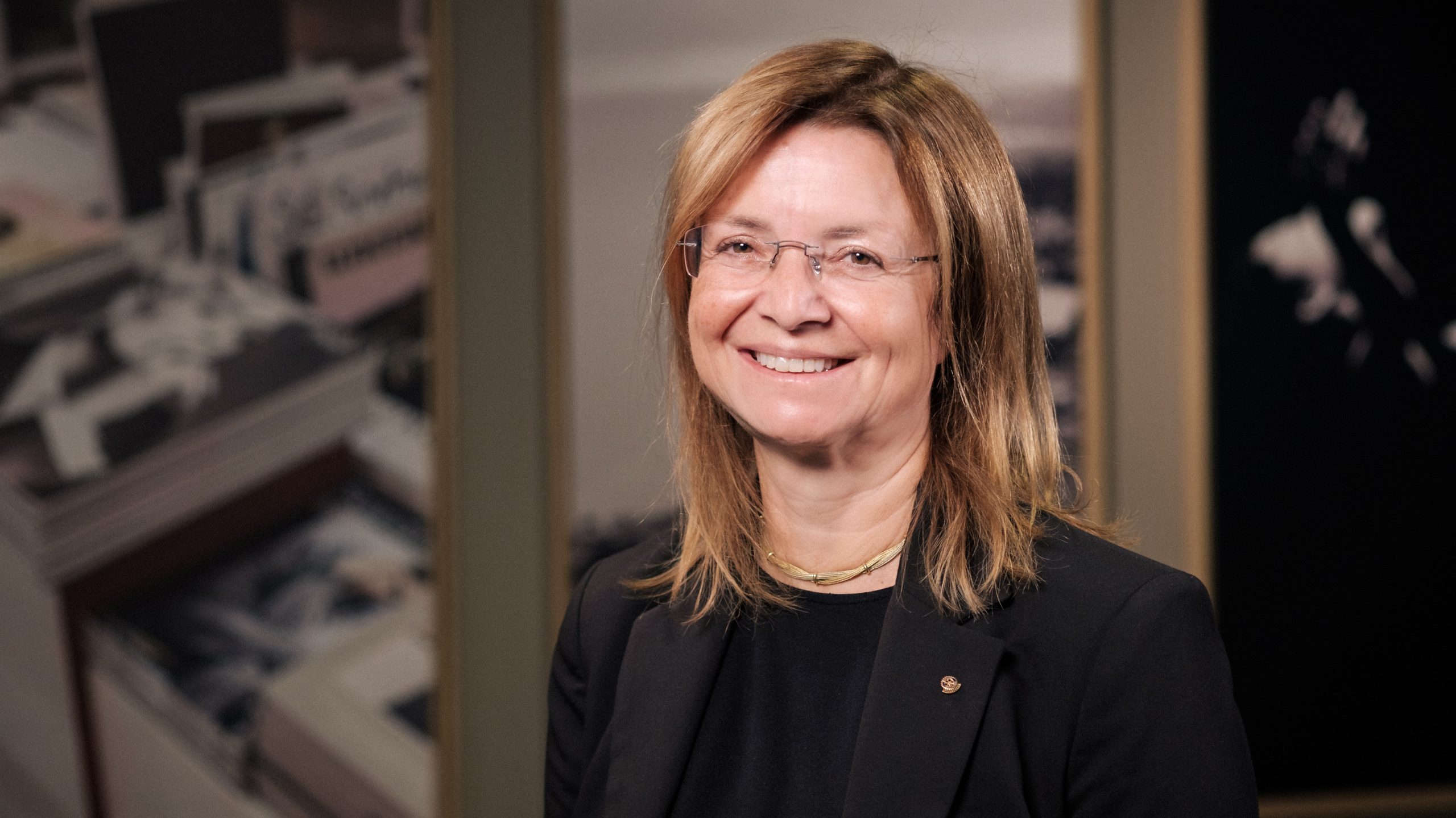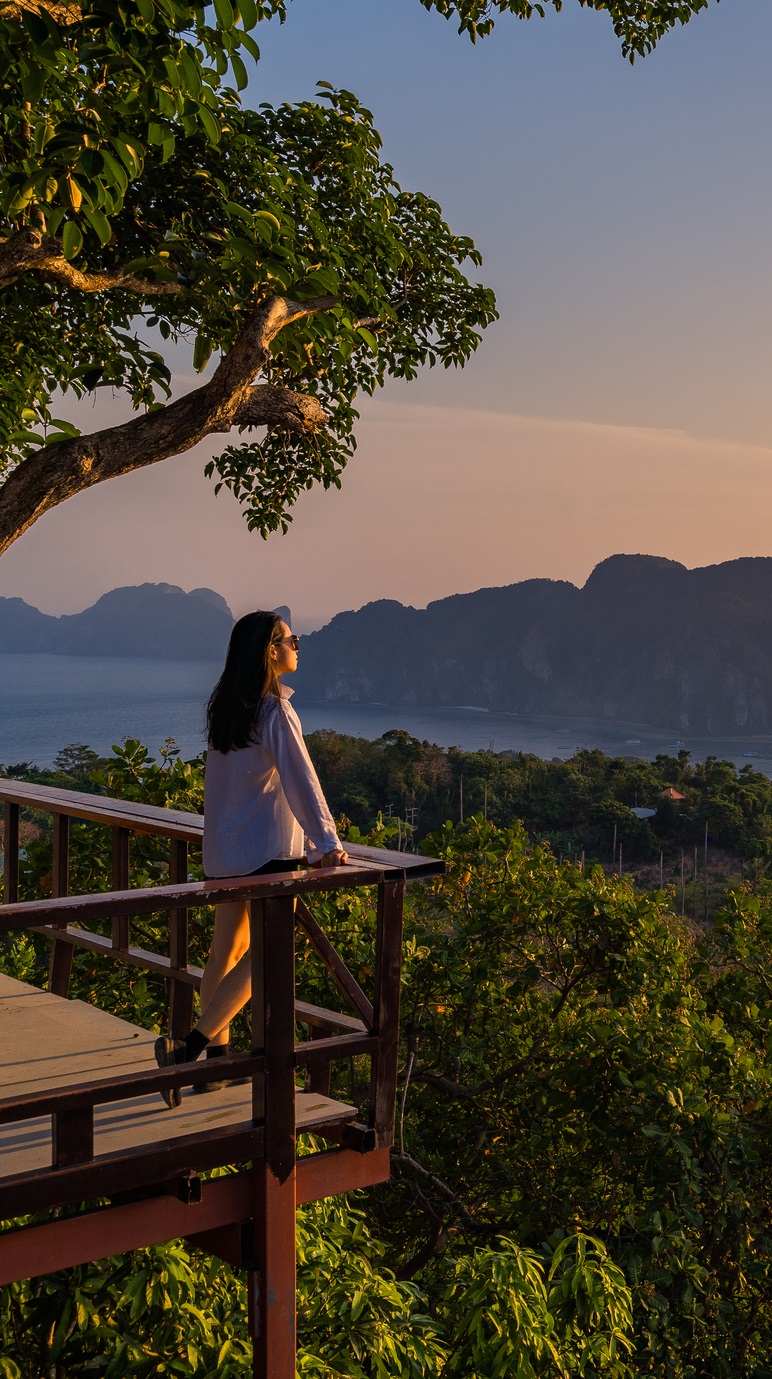


Glion’s new luxury ‘guru’ Dr. Eleonora Cattaneo is already making her mark on our two luxury-focused graduate programs. Fresh from leading a student field trip to the luxury epicenter that is Monte-Carlo, she sat down with The Insider to talk about this most alluring of industries…
If any prospective students are curious about Dr. Eleonora Cattaneo’s credentials to lead our Master’s and Executive Master’s in Luxury Management and Guest Experience, a quick search of her name on Amazon should suffice.
There you will find not one, but two new scholarly books focused on the international luxury business, both of which carry her name. The first, entitled Managing Luxury Brands: A Complete Guide to Contemporary Luxury Brand Strategies brings together chapters written by academics (as well as editing the book Eleonora writes one chapter and co-writes another) and industry practitioners. It focuses on some of the newest elements that influence luxury strategies, including the metaverse and sustainability, featuring case studies with brands such as Ferrari, Balenciaga and Shang Xia.
The second book is entitled Contemporary Issues in Luxury Brand Management and is co-edited by Eleonora with fellow academic Sylvie Studente. This tackles what Eleonora describes as “evergreen” issues in luxury, such as intellectual property, digital transformation, and evolving consumer habits.
All of these topics and more are tackled in the Master’s programs she leads for Glion, and the exercise of authoring the books has had Eleonora thinking about the next significant trends we might see in luxury.

“In terms of the next big market, I don’t think we can look past India. It’s no coincidence that Dior held its last big show in Mumbai (see image above), which is a sign that the major brands are already on maneuvers there,” she says.
“On a similar theme, I also think the day is coming where we see a global breakthrough by a home grown luxury brand from a non-traditional market. The obvious picks are China and India, and we’ve already seen some impact from Shang Xia, although this company is heavily supported by Hermès so not perhaps fully home grown.
“In fact, it’s my view that India could leapfrog China in this regard, purely because there’s less of a stereotype around being a low cost manufacturing center with India, and this is something which could take a Chinese luxury brand a little longer to overcome in consumers’ minds.”
One route to market for an ambitious Chinese or Indian luxury startup would be to revive a historical brand. This is an area of particular expertise for Eleonora, as it was the focus of her PhD studies.
“Heritage is fairly central to the luxury promise, and again when you look at India you already see historical architecture and heritage branding working very well in the luxury hospitality sector.”

From Milan to the world
Eleonora’s exposure to luxury began at an early age, as she grew up in Milan, one of the world’s true centers of luxury. As a consultant specialized in marketing, she worked with several luxury brands, creating contacts that now deliver additional dividends to Glion students through the extraordinarily immersive field trips and company visits she’s able to facilitate.
A hugely experienced academic, Eleonora spent a quarter of a century as a faculty member at Bocconi University Graduate School of Management; but her true immersion into luxury focused education came five years ago, when she won the role as Director of the Master’s in Luxury Brand Management at Regent’s University in London, UK.
That was the trigger for her to form a network of graduate degree faculty who are all focused on luxury brand management, and it was this network that she drew upon when developing the two books mentioned earlier.
“So much has changed – and is changing – in this sector that it’s a fascinating time to be watching luxury so closely,” she says. “We’ve already seen the transformation of the industry from being the preserve of small, family owned companies into one dominated by the three global groups Richemont, LVMH, and Kering.
“This has changed the industry dynamic completely, as suddenly shareholders are involved and wanting a suitable return on their investment. As there’s a natural cap on how much of a particular luxury product you can sell, what we’ve seen instead is the extension of these brands, often into more ‘downstream’ areas such as perfumes and sunglasses which act as entry points to new consumers, as well as through collaborations with brands from outside the luxury sphere.”
Eleonora adds that the challenge for the industry is to foster this ‘democratization’ of luxury without losing the inherent rarity and exclusivity which sits at the heart of the luxury dream. That said, when this approach works, it really works. Witness the groundbreaking 2017 collaboration between Louis Vuitton and streetwear brand Supreme, which generated a frenzy among younger consumers who would never have previously considered Louis Vuitton to be a brand that operated within their universe.

“We’ve already seen the transformation of the industry from being the preserve of small, family owned companies into one dominated by the three global groups Richemont, LVMH, and Kering. This has changed the industry dynamic completely, as suddenly shareholders are involved and wanting a suitable return on their investment. As there’s a natural cap on how much of a particular luxury product you can sell, what we’ve seen instead is the extension of these brands, often into more ‘downstream’ areas such as perfumes and sunglasses which act as entry points to new consumers, as well as through collaborations with brands from outside the luxury sphere.”
Dr. Eleonora Cattaneo
Why ‘guest experience’ is now central to luxury
As manufacturers of luxury goods take ever tighter control of product distribution, delivering exemplary customer experiences in their branded boutiques has become an absolute imperative.
“Post-Covid, these companies have to give people very good reasons to want to go in their retail spaces. That’s why you see brands like Audemars Piguet creating premises which are more like private clubs or boutique hotels than traditional stores. But of course it’s not enough just to look like a hospitality space; as a customer you need to be treated like a hospitality guest as well. In this way the luxury hospitality industry has plenty to teach these brands about creating great guest experiences.”
Another serious trend in the industry right now is around sustainability. Here the industry is working hard across a number of fronts, in some cases – Eleonora admits – playing catch-up to the mass-market sector.
“I think the industry has made very good progress in finding alternatives to fur,” she notes. “Some houses, like Kering, have already committed to being fur-free, and the alternatives are becoming quite pleasing to the eye and touch. For example, I took my students on a visit to the Loro Piana Interiors store and they were able to try out some products that use CashFur, which is made from cashmere but has the look and consistency of fur – it is amazing!”
Less satisfying – at least so far – are efforts to produce alternatives to leather, using various materials ranging from recycled plastics to fungi and even vegetable and fruit peels. “The research we’ve done so far indicates that luxury consumers in general aren’t interested in leather alternatives if they don’t look or feel like leather. Aesthetics still trump sustainability in this regard,” says Eleonora.
Of course, luxury products have an inherent advantage over their mass-market cousins when it comes to sustainability, given their lengthy useful lives and ability to hold, and even increase, value. “It’s a great selling point for the luxury brands, that their products are inherently sustainable because they are never thrown away. Not only this, but with the rise of the vintage luxury market we are seeing items being dug out of trunks in people’s attics and then sold to collectors, creating the very essence of the circular economy.”
Last but not least, the trend that has perhaps surprised Eleonora the most is the rise of luxury products that exist only in the virtual worlds of the metaverse. “Who would have predicted 20 years ago that consumers would pay real money for a pair of trainers that one can only dress one’s avatar in? But it’s very big business now, particularly in the Chinese market, and so brands are rushing to collaborate with the designers of the most popular games and apps, making their products available within them.”
Education for the digital age
An immersive online experience is also at the heart of our Executive Master’s in Luxury Management and Guest Experience, one of two flexibly-taught executive programs already in the Glion portfolio.
For Eleonora, such developments mark a natural progression. “Just a few years ago it would have been difficult to deliver a truly interactive and immersive program with online teaching. Technology has evolved so quickly, however, especially during the Covid period, that if you do it well – and I think we do with our Executive Master’s – it enables us to build a close relationship between faculty and students, as well as between the students themselves.
“We have the two residential weeks, but the rest of the learning is delivered online, and I think we’re now in a position where we can make that a highly involving and rewarding experience.”
- To order Eleonora’s book Managing Luxury Brands: A Complete Guide to Contemporary Luxury Brand Strategies from publisher Kogan Page, click here
- To order Contemporary Issues in Luxury Brand Management from publisher Routledge, click here
Photo credits:
Shang Xia runway show: Thierry Chesnot/Getty Images
Louis Vuitton Supreme collaboration – Joe Raedle/Getty
Develop your luxury mindset
Our Master’s in Luxury Management and Guest Experience will position you perfectly for a career in the luxury sector.
















